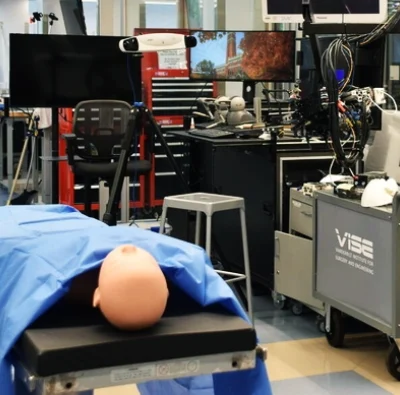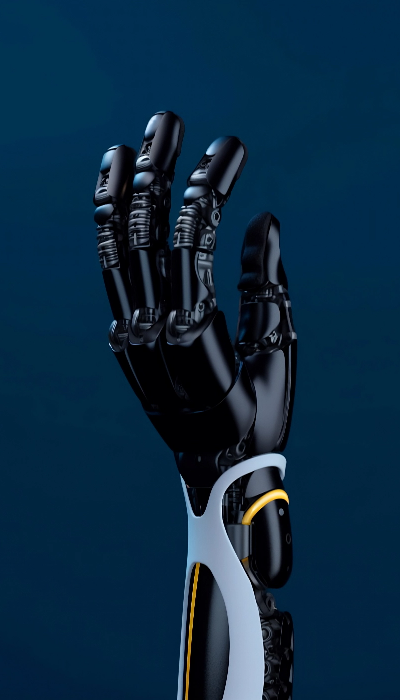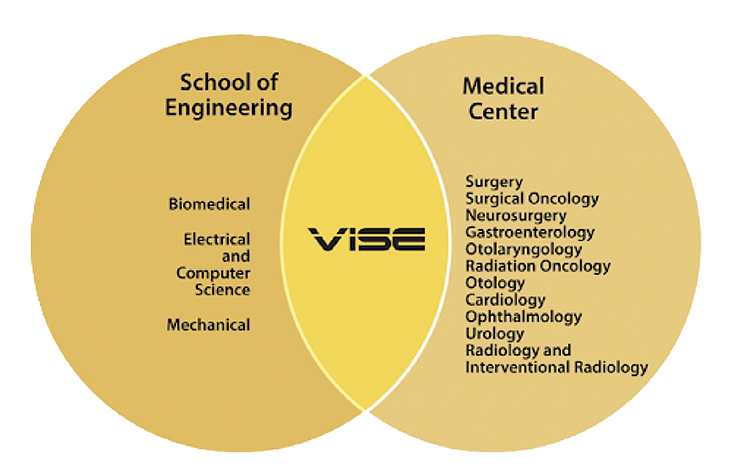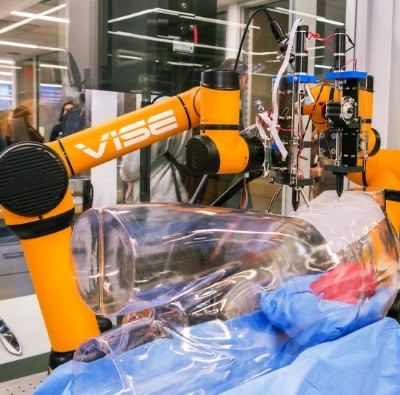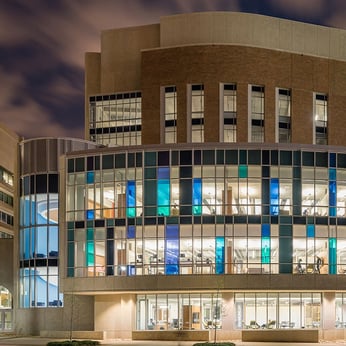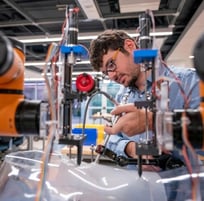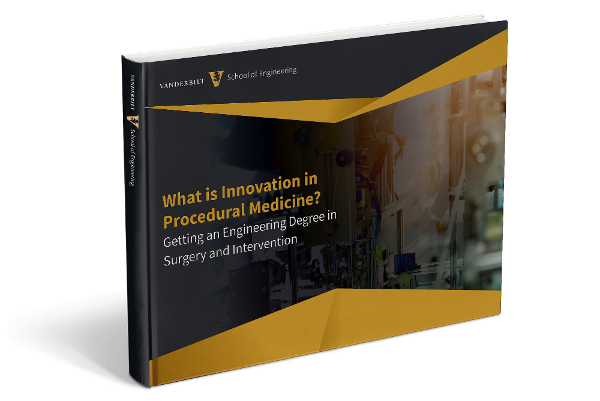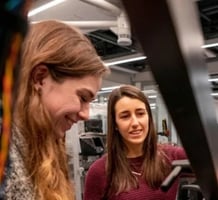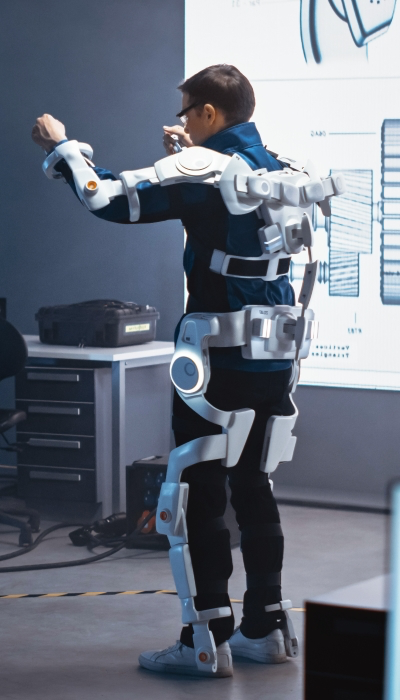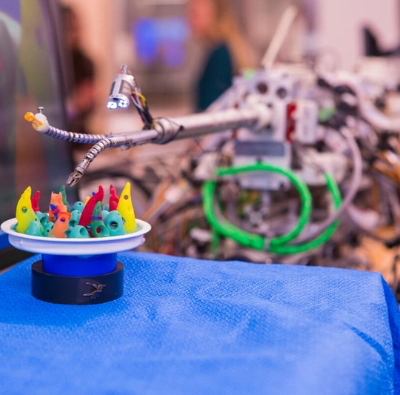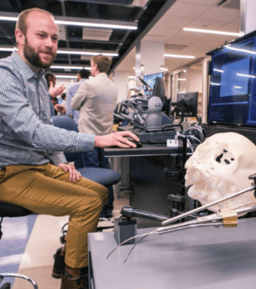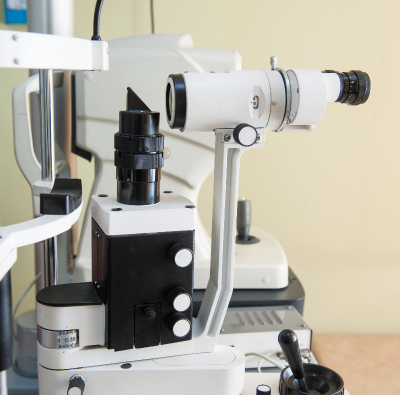The innovator track program is a one-year+ program specifically structured to enable students who are constrained by career path developments such that extended multi-year study is not possible. The goals of the program are to quickly provide enhanced skill sets with rigorous study, as well as provide important exposure to many clinical domains. Due to the accelerated nature of the innovator track, it is offered on a limited basis to students who meet additional program requirements before the end of the second semester of the program.
Typical curriculum for the innovator track of the master of engineering in surgery and intervention program:
|
Fall Semester ESI: Methods Professional Development* (e.g. ENGM 6500) Elective Elective |
Spring Semester BME 6301 ESI: Provocative Questions Elective Elective Elective |
Summer or Fall Semester ESI: Design I (first half) ESI: Design II (second half) |


